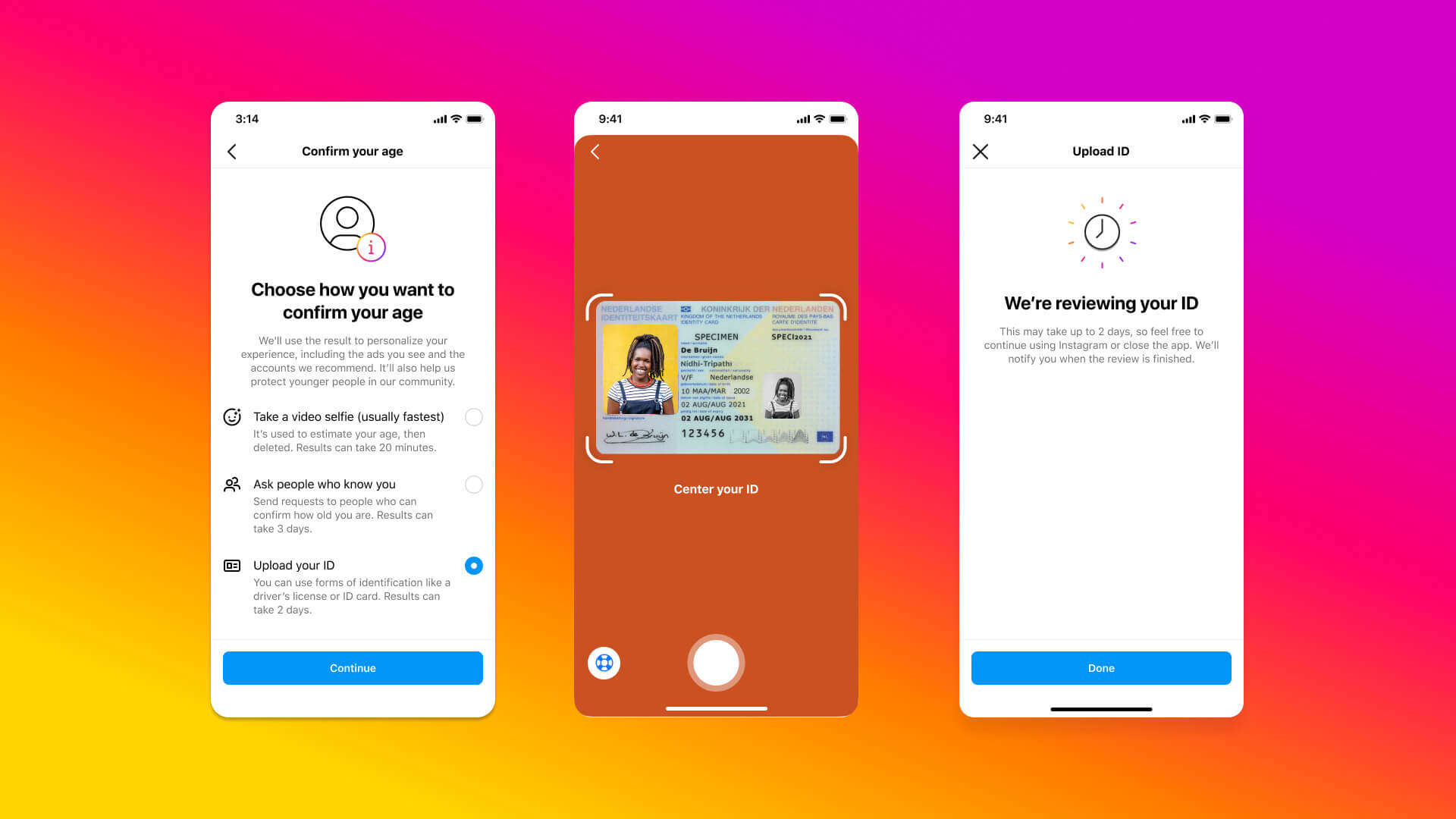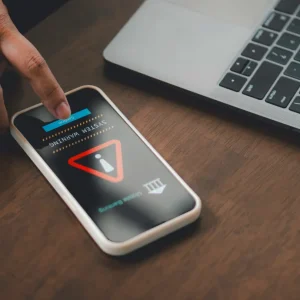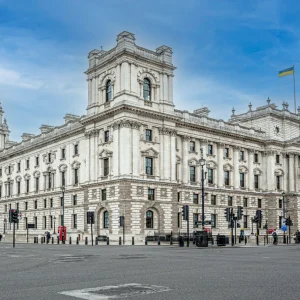
Meta-owned social media platform Instagram is rolling out its age verification system for UK users that want to change their age from under to over 18 for the first time. The tool, powered by age-verification tech from Yoti, was first unveiled in June as a way to more easily check users are the age they claim.

Users already had to share their data of birth before signing up to Instagram so that Meta can show age-appropriate content, but the platform had struggled with verification as many younger users had no form of approved identification. Yoti’s face-scanning technology presented Instagram with a solution. It involves recording a short video selfie that is checked against multiple data points to estimate the age of the user by AI and then immediately deleted.
Instagram age verification – addressing an industry-wide challenge
Yoti is a UK-based identity verification company that has established itself as a leader in this field, including becoming verified by the international Age Check Certification Scheme. It has worked with other industries as well as youth and privacy experts to ensure the data from face scans is secure.
Tara Hopkins, public policy director for Instagram said the aim was to ensure everyone could experience the platform in a way that was appropriate for their age, but doing so required knowing how old they are, which she described as an industry-wide challenge.
If a user has access to identification, they can choose to share a photograph of a passport, driving licence or verified national ID card, otherwise they can do the face scan and use the Yoti system to verify their age. It won’t allow them to change their date of birth to make themselves over 18 if the age check fails.
Meta says confirming someone is over or under 18 is just the first step in rolling out the Yoti technology, with plans to use it elsewhere within the business for age and identity verification in the future.
When it was announced in June that Instagram would age-verify users who say they are over 18, one of the options was social vouching, where they could have others, already confirmed as over 18 users, verify their age. This option has been removed "to make some improvements".
The measure comes as regulators are tightening rules on how social media companies can interact with children, and may lead to online services that are more responsive to users’ age.
In a blog post Instagram said: “In addition to testing the new menu of options to verify people’s ages, we also use AI to understand if someone is a teen or an adult. AI helps us prevent teens from accessing Facebook Dating, adults from messaging teens and helps teens from receiving restricted ad content, for example. Our goal is to expand the use of this technology more widely across our technologies.”
How Yoti works
With the face-scan technology, the video isn't stored or shared with Instagram, and Yoti never finds out the name or identity of the person it is scanning. A simple code is generated that gets sent back to Instagram to confirm or reject the age the user has claimed to be, and Instagram then makes a decision based on that code.
Julie Dawson, Yoti’s chief policy and regulatory officer, told Tech Monitor in June that the company’s technology analyses individual elements of a face to estimate the age. “Our technique detects that it is a living human face, converts the pixels in the image to numbers which it can then look over for patterns that are linked to different age groups,” she explained.
Yoti’s technology is being used for age verification by supermarkets at self-checkouts, on pornography websites, and even by the police to triage potential child abuse images, Dawson explained.
“We have a light version running on-device to detect whether a child, or someone under the age of 18, is about to send a naked image of themselves,” she said. “This can then be stopped to reduce the volume of user-generated abuse images on the internet.”
Instagram's decision to implement age checks comes as regulators around the world are tightening rules for how social media platforms interact with children. Last year, the UK's Age Appropriate Design code came into force, requiring information services providers - including social media platforms - to ensure content is age-appropriate for users, therefore obliging them to verify their age.
To date, however, Western social media platforms have been reluctant to verify the ages of their users, says Charles Radclyffe, CEO of EthicsGrade, which rates companies on their digital responsibility. “It is mystifying that tech companies aren’t doing more.”
The practice is more developed in China, he adds, where the government determines what features children can access and how long they can use social media apps for. Children under 14, for example, can only use Douyin - China's version of TikTok - for 40 minutes a day.
The news comes as the UK government continues work on the Online Safety Bill, which is designed to protect people, particularly children, from harmful content online. Campaign groups have criticised the government for delays to the bill, which was due to come before parliament earlier but has been held up by the political chaos at Westminster. As yet there is no fixed data for it to return to be debated by MPs.






